Investors are taking the world’s most popular crypto payment facilitator, Ripple, by storm.
XRP price rose from 18 cents to 30 cents in just 6 weeks. Data from Santiment Research Company, a crypto analytic firm, showed that in spite of XRP’s -9.2% retracement this past week, the active address output recorded for the 3rd market cap crypto asset has remained high.
READ: CBN’s maize import ban: Sentiments, facts, and the way forward
In spite of $XRP's -9.2% retrace this past week, the active address output we're seeing for the #3 market cap #crypto asset has remained high. #Ripple holders can take solace in it being one of the few #alts with a DAA bullish divergences we've identified. https://t.co/CJZFzTU3li pic.twitter.com/YmUdTq4lYB
— Santiment (@santimentfeed) August 25, 2020
XRP’s price, at the time this report was drafted, was $0.286194. It has a daily trading volume of $1,817 billion. XRP price has gone up 0.4% in the last 24 hours. It has a circulating supply of 45 billion coins and a max supply of 100 billion coins according to data retrieved from Coingecko.
READ: Crypto: Why Tether became a U.S. dollar replacement for many Chinese
Like the other cryptocurrencies, XRP has a long way to go to make it back up to its early 2018 highs. What’s interesting in the metric stated above is the increase in buying volume that shows high buying pressures.
The fast-moving crypto has been fighting to stay above $0.3 in the last few days. It does show that the sellers have built a resistance around that price level.
READ: Ripple reports 1,760% surge in XRP sales in Q2 2020
Indeed, Ripple looks set for a bullish run after the recent decline. However, buyers will have to break the price level above $0.3 in the short term to keep the pricing roaring up.
Importance of using XRP: XRP was produced by leading crypto payment provider, Ripple, with the aim of providing a fast, less costly, and more scalable alternative to both other crypto-assets and existing monetary payment infrastructure like SWIFT.
READ: XRP plunges more than 10%, biggest daily percentage drop since March 12
Unlike its major crypto rival, Bitcoin, which was never intended to be a simple payment system, Ripple has gained the attention of major global banks such as Standard Chartered and Barclays, who now use it for international transactions worldwide.

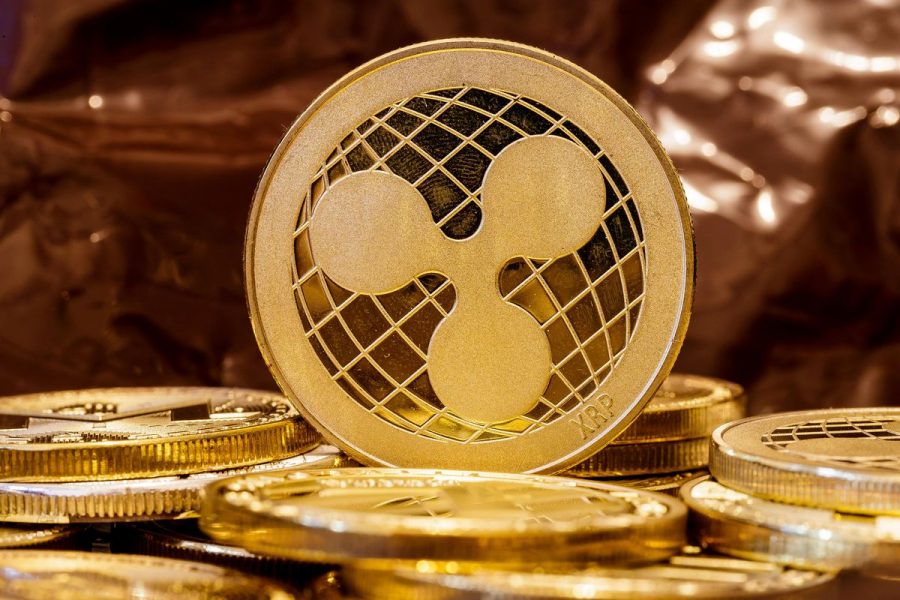







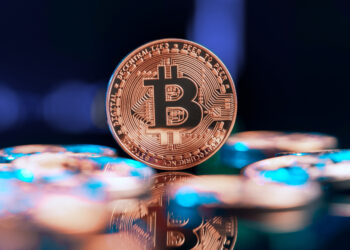
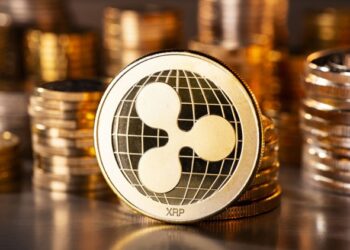





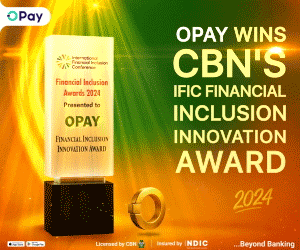


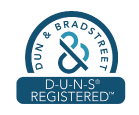


Good day to you, Olumide. Please,educate me on the implications, if any, of investing in XRP coins right now. Is the expected surge real? Can it break the $.3 mark this year?